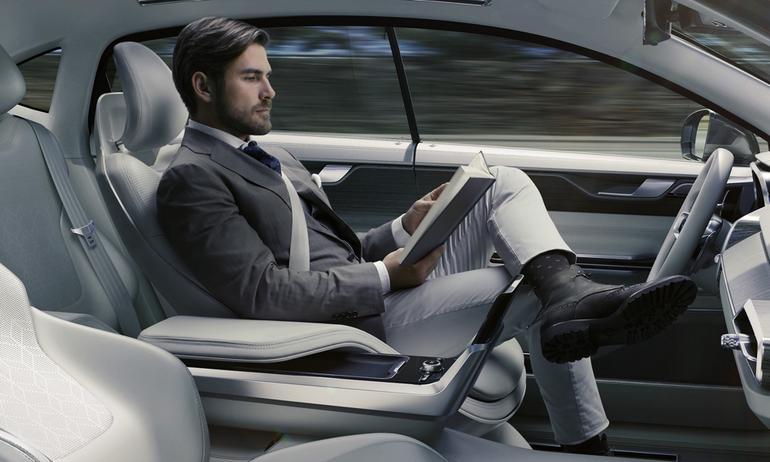Developing a Driverless Vehicle
The automotive industry has undergone massive transformations since the first car rolled off the assembly line. The developments have made vehicles better, faster, more convenient, and have sought to make them even safer. In addition to the implementation of more safety systems, there has also been an increase in entertainment systems, making an automobile not only a means of movement from one point to another but also an entirely packed entertainment unit. Automakers are adding audio systems from which one can listen to music, audiobooks, and other materials, and screens have been incorporated into vehicles so passengers can watch videos. You can also find some advanced entertainment systems, such as EyeRide TV, which includes unlimited, high-speed Wi-Fi, devoid of disruptions, and on-screen travel updates, which are automatically updated as per your GPS location. This system also conveys excellent entertainment to each passenger’s mobile device.

Driverless vehicles: the next big thing in the automotive industry
Future development in the auto-industry is pointing toward driverless vehicles. Vehicle manufacturers, as well as high-tech companies, are spending billions of dollars in developing self-driving cars or autonomous vehicles (AV). They proudly claim that this idea will go a long way to make the world safer, cleaner, and more mobile. However, these expectations for the driverless car seem far-fetched because researchers have not carried out enough studies on the social, environmental, and economic effects of the AVs. Despite making big strides in gathering and accumulating data on the algorithms and sensors that would allow vehicles to be self-driven, several transportation experts are of the opinion that driverless cars are still some years away.
Utopian and dystopian views of the driverless car
Since there has been no driverless car before, the ideas behind this car are based on imaginations that yield majorly conflicting visions of the future. One expert in the field says that the ongoing discussion of the autonomous vehicles can be broadly put to what she refers to as “the utopian and dystopian views.” The two views are typically scientific fantasy where technology is greatly advanced: With utopian views, life has improved as a result of technology, and with dystopian views, life has gotten worse.
Utopian views of the driverless car
- Fleets of affordable and readily available AVs provide transportation services at the tap of a screen.
- The ubiquity of the driverless cars will make it easy for movement of all people.
- With many driverless cars available everywhere, traffic jams will not be a problem anymore. Progressive government policies and regulations will bring about fewer traffic jams, parking issues, and reduced urban sprawl.
- The switch to AVs, which will be electric-powered, as the major means of transport will reduce consumption of fossil fuels, leading to a cleaner environment due to less air pollution.
- Commuting will be stress-free and commuters will become more productive as the former drivers can do other things, like reading, as the AVs take them from one point to another.
Dystopian views of the driverless car
- People will not have the stress of driving, thus the use of AVs will increase, thereby increasing energy usage, congestion, and pollution.
- Commuters, having become more productive due to the removal of the need for driving, will settle farther from their workplaces, thus intensifying urban sprawl.
- Unexpected software problems will result in frequent recalls, causing massive travel inconveniences.
- The more endowed or affluent people will buy their own AVs to avoid public AVs, which will be characterized by mingling with other commuters, lower hygienic standards, and logistical difficulties. This will lead to the development of two social classes: AV haves and AV have-nots.
There is still so much that needs to be studied about AVs, like their effects on the environment, which will, to a significant extent, depend on how they will be put to use, as well as the various types of AVs. However, many well-designed experiments have given some idea of the expected effects of AVs on our daily life activities.
















